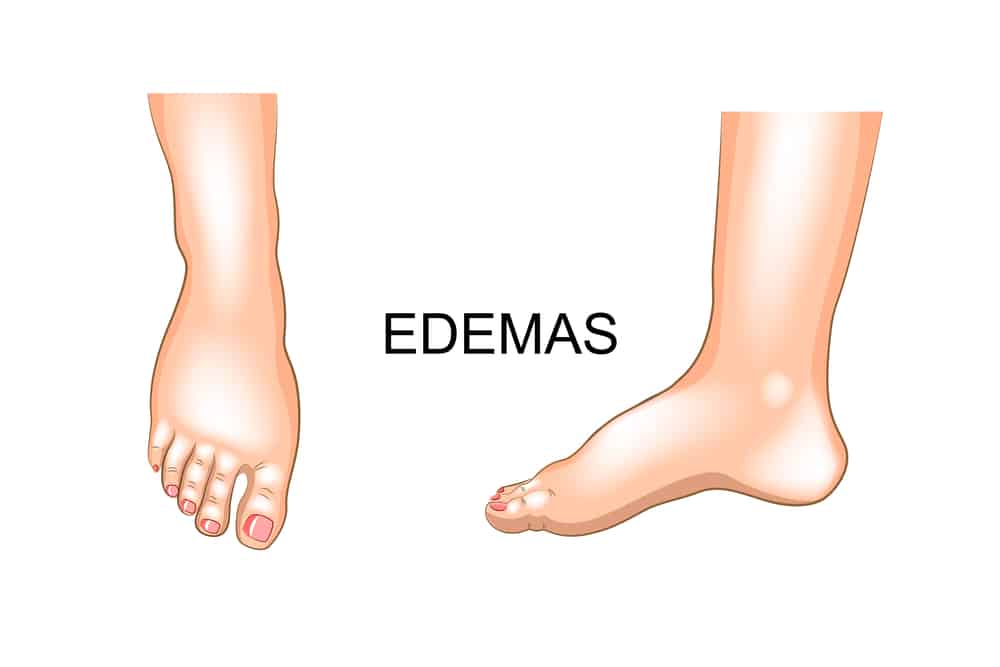
4 Reasons To Stop Drinking Energy Drinks and Healthier Alternatives
Did you know that a growing body of scientific evidence shows that energy drinks can create major health problems for young adults and children?
Energy drink manufacturers claim that their products can improve concentration and make you feel more alive. What they don’t tell you is that they can also rot your teeth, interrupt your sleep cycles, and increase your blood pressure.
This is why it’s so important to seek out healthier alternatives to energy drinks. If you want to find out more, read on and we’ll tell you what you need to know.
1. Bad for Your Heart
Because it’s so effective at helping people stay alert, energy drinks contain lots of caffeine. Many people don’t realize that if they consume too much caffeine in one day, they’re likely to develop health issues. This includes heart palpitations, higher blood pressure, and increased heart rates.
Since most energy drinks contain anywhere between seventy and one hundred and forty milligrams of caffeine, you only need to drink several beverages per day to do damage to your heart.
Energy drinks are particularly harmful to those who have preexisting heart conditions such as heart disease.
2. They Have Lots of Sugar
Most of these drinks have more than twenty grams of sugar per eight-ounce serving. This is more than half of the total amount of daily sugar that the American Heart Association recommends.
When too much sugar is in the body, it starts to become inflamed, a condition that is linked to many chronic diseases. Too much sugar can also increase the risk of obesity, type II diabetes, and liver disease.
3. Don’t Ever Mix With Alcohol
Did you know that mixing energy drinks with alcohol can alter your intoxication levels? This often makes people feel less sensitive to the effects of alcohol even though they are still intoxicated. This can make people think that they’re able to do things that they shouldn’t be doing while drinking.
People who mix these drinks with alcohol are also more likely to binge drink. Since binge drinking can create problems such as liver disease and memory problems, it’s important to seek out healthier alternatives when you’re consuming alcoholic beverages.
4. Energy Drinks Can Be Harmful to Young People
Youth and adolescents are still growing, and their bodies are not always ready to handle the effects of these drinks. Teens and youth who consume these drinks put themselves at risk of developing conditions such as cognitive under-development, difficulty sleeping, and an increased risk of developing mental health conditions.
How to Stop Drinking Energy Drinks
If you want to stop drinking energy drinks, the best thing you can do is find healthy alternatives. Instead of reaching for an energy drink before you start your day, consider making yourself a cup of green tea.
Another healthy alternative is ginkgo balboa. Though this species of tree has been used in China for many centuries, only recently has it gained popularity in the West. The plant will boost your energy. It also treats circulatory problems and issues related to respiration.
It will also be easier to stop drinking energy drinks if you change your diet. It’s a great idea to limit the amount of sugar and processed foods you consume. Instead, start consuming plenty of green juices, smoothies, and whole grains.
Avoid Energy Drinks and Seek Healthier Alternatives
There are many reasons why you should avoid energy drinks and choose healthier alternatives. They are bad for your heart. Since they contain so much sugar, they increase the risk of developing chronic diseases such as diabetes.
Do you need help to treat health conditions related to consuming energy drinks? Make the change and switch to healthier alternatives.





